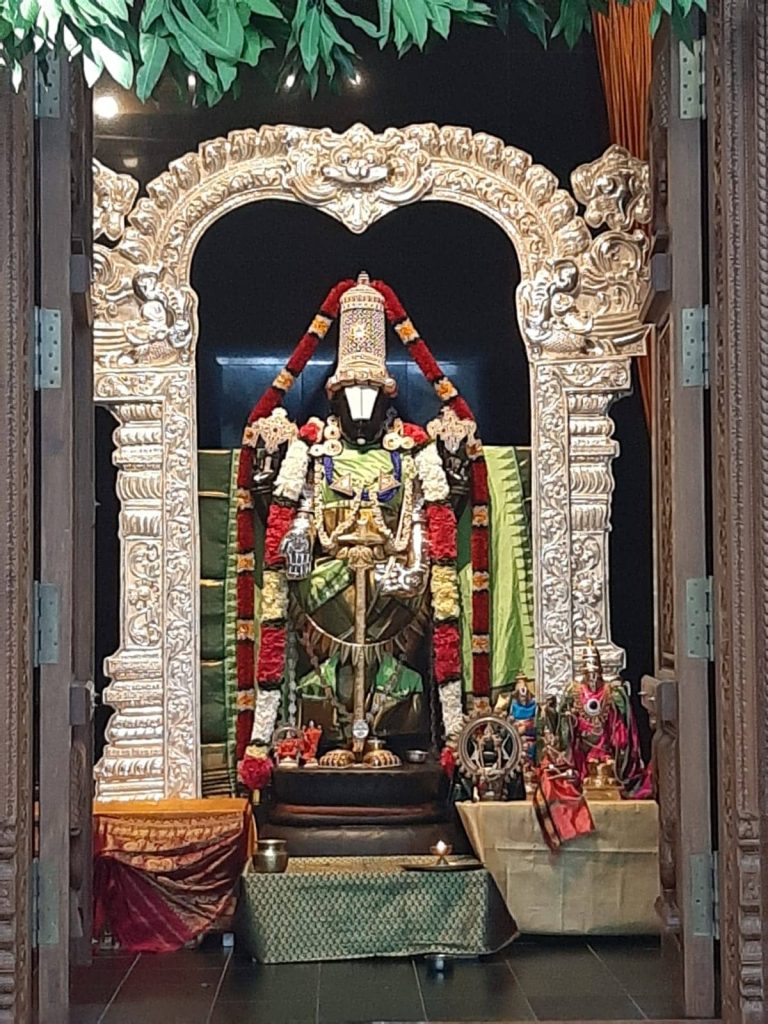Bangladesh Hindu Mandir: Exploring Cultural Heritage
Imagine stepping into a place where history whispers through ancient walls and spirituality dances in the air. Bangladesh Hindu Mandir is not just a physical structure; it’s a living tapestry of culture, devotion, and tradition.
As you explore its vibrant colors and intricate designs, you’ll uncover stories that have been woven over centuries. You may wonder how these temples play a role in the everyday life of the Hindu community in Bangladesh. What secrets do they hold?
What rituals and festivals bring them to life? This article will guide you through the heart of these sacred spaces, inviting you to understand their significance and beauty. Whether you’re seeking spiritual insights or cultural knowledge, the journey through Bangladesh’s Hindu mandirs promises to enrich your perspective. Keep reading to discover the magic and mystery that awaits within these extraordinary temples.

History Of Hindu Temples In Bangladesh
Hindu temples in Bangladesh have a rich history. Their origins trace back to ancient times. Many temples were built during the early centuries. These temples served as important places of worship. They also played a role in community gatherings. Over time, temple designs evolved. Local styles and materials influenced their construction. Art and architecture flourished around these temples. They became centers of learning and culture. The development of temples reflected changes in society. Each temple tells a story of its own.
Various dynasties ruled Bangladesh over the centuries. Each dynasty left its mark on Hindu temples. The Pala dynasty encouraged temple building. They supported artists and craftsmen. The Sena dynasty also contributed to temple growth. They introduced unique architectural styles. Temples became symbols of royal power. Dynastic influence can be seen in temple art. Intricate carvings and sculptures are common. These dynasties helped preserve Hindu culture. Their influence is visible even today.
Architectural Styles
Bangladesh Hindu Mandirs show beautiful designs from old times. Many temples have curved roofs. This makes them look like boats. Walls often have intricate carvings. These carvings tell stories from old books. Temples use bright colors. They make the place feel lively. Large columns support the structure. They are strong and tall. Domes are popular too. They stand at the top. Each temple is unique. But they share common features. They show the rich culture and history of Bangladesh.
New temples mix old and new styles. Glass and steel are used. These materials are strong and shiny. Some temples have solar panels. These help save energy. LED lights make temples bright at night. Temples have air conditioning. This keeps visitors cool. Wide spaces allow more people to visit. Digital screens share temple news. They tell important updates. Modern designs blend well with old styles. This gives a fresh look to temples. People love these changes. They feel comfortable and happy.
Significant Temples
Bangladesh has many famous Hindu mandirs. One of them is the Dhakeshwari Temple in Dhaka. It is a very old temple. People visit it from all over the country. Another well-known mandir is the Kantaji Temple. It is in Dinajpur. The temple is famous for its beautiful terracotta art.
The Sixty Dome Mosque is also a special place. It is in Bagerhat. Even though it is a mosque, it is important for all. People from different religions visit it. These places are special. They show the rich culture of Bangladesh.
Some temples in Bangladesh are less known. Yet, they are beautiful. The Jor Bangla Temple is one such place. It is in Pabna. It has a unique design. Another hidden gem is the Kal Bhairab Temple in Brahmanbaria. It holds a big statue of Lord Shiva.
The Shiva Temple in Comilla is quiet and peaceful. Few people know about these temples. They are truly hidden gems. Visitors find peace here. These places are worth visiting. They tell the story of Bangladesh’s history.
Religious Practices
Hindu mandirs in Bangladesh are places of worship and devotion. People visit to pray and offer flowers. Priests perform pujas daily. They chant sacred mantras and sing hymns. Devotees take part with folded hands. Incense sticks fill the air with fragrance. Bells ring during ceremonies. Traditions bind the community together. Every ritual has a special meaning. People feel peace and joy.
Festivals bring joy and color to mandirs. Durga Puja is very popular. Statues of Goddess Durga are decorated. People gather to celebrate. Music and dance fill the air. Lights glow brightly at night. Children play and laugh. Sweet treats are shared with everyone. Family and friends come together. Each festival has unique rituals. These celebrations unite the community.
Cultural Influence
Bangladesh Hindu Mandir brings people together. It serves as a place of unity and celebration. People gather for festivals and rituals. This creates a strong sense of community. Everyone feels welcome and connected. The Mandir also supports local businesses. Visitors buy from nearby shops and eat at local restaurants. This helps the economy grow.
The Mandir blends with local traditions. It respects Bangladeshi customs and practices. Celebrations often include local music and dance. This mix enriches both cultures. People learn from each other. Families share stories and traditions. The Mandir is a bridge. It connects different backgrounds. This helps build a harmonious society.

Preservation Efforts
Preserving Hindu Mandirs in Bangladesh is important. Many people work hard to save them. Old temples need care. They are part of history. Some temples are very old. They have stories from the past. People want to keep these stories alive. Saving temples helps keep culture alive. It is not easy. Many people must work together. They need money and help. Community support is important. It makes a big difference.
Challenges Faced
Many challenges come up in preservation. Some temples are in bad shape. They need repairs. Weather can damage them. Rain and storms are big problems. Lack of funds is another issue. Money is needed for repairs. Sometimes, people do not understand the importance. They need to learn why temples matter. Education is key. It helps people care more.
Success Stories
Some temples have been saved. These are success stories. They show what can be done. People came together to help. They worked hard. Some temples were fixed. They look new again. This makes the community happy. Visitors come to see the temples. They learn about history. These stories give hope. They show that saving temples is possible.
Future Of Hindu Mandirs
Hindu Mandirs in Bangladesh are seeing many changes. Modern architecture is a key focus. New designs mix old styles with new ideas. Eco-friendly materials are also important. They help keep the environment safe. Technology plays a big role too. Digital tools make events easy to manage. This helps people join in from far away.
Young people are the future. Their interest in Mandirs is growing. Workshops and events are popular. They teach about culture and traditions. Social media is a great tool. It helps connect young people. Sharing stories and photos keeps them engaged. Volunteering opportunities are also a hit. They give youth a chance to help and learn.

Conclusion
Exploring Bangladesh’s Hindu Mandirs offers deep cultural insights. These sacred places tell stories of tradition and history. Visiting them connects you with the local community and beliefs. They stand as symbols of spiritual devotion and architectural beauty. Each Mandir has unique features worth discovering.
Experience the vibrant rituals and colorful festivals. Feel the peace and spirituality these places provide. Appreciate the intricate designs and artistry. Learn about the rich heritage they preserve. These Mandirs are vital to understanding Bangladesh’s diverse cultural landscape. A visit promises memorable experiences and lasting impressions.
Embrace the journey. Connect with the soul of Bangladesh.

